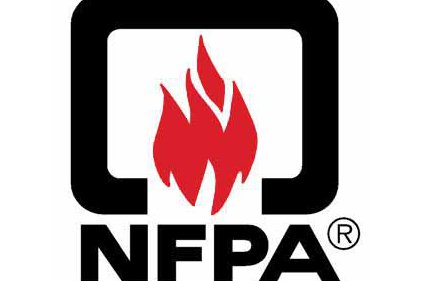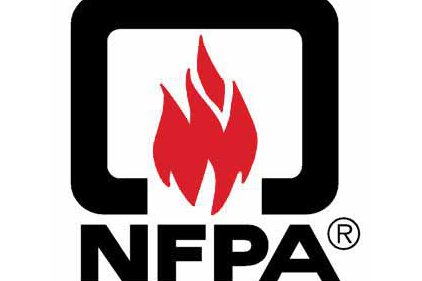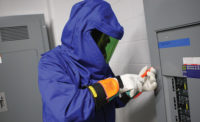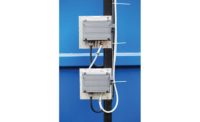 Both OSHA and the National Fire Protection Association (NFPA) have written standards and regulations that build on one another and help keep all workers safer from electrical hazards in the workplace. In this case, the OSHA regulations and NFPA standards work so well together it’s been said that OSHA provides the "shall" while NFPA provides the "how."
Both OSHA and the National Fire Protection Association (NFPA) have written standards and regulations that build on one another and help keep all workers safer from electrical hazards in the workplace. In this case, the OSHA regulations and NFPA standards work so well together it’s been said that OSHA provides the "shall" while NFPA provides the "how."
It is important to note that the NFPA 70E is a national consensus safety standard published by NFPA primarily to assist OSHA in preparing electrical safety standards. Federal OSHA has not incorporated it into the Code of Federal Regulations.
NFPA has released the 2012 edition of NFPA 70E. This is the ninth edition of the electrical safety standard. The standard covers the full range of electrical safety issues, including safety-related work practices, maintenance, special equipment requirements and installation.
OSHA bases its electrical safety standards (found in subpart S part 1910 and subpart K part 1926) on the comprehensive information found in NFPA 70E. It focuses on protecting people and identifies requirements that are considered necessary to provide a workplace that is free of electrical hazards.
Here's an example of how clearly the OSHA regulations and NFPA 70E electrical safety standards work together. OSHA mandates that all services to electrical equipment be done in a de-energized state.
"Working live" can only be done under special circumstances. NFPA 70E defines those special circumstances and sets rigid electrical safety limits on voltage exposures, work zone boundary requirements and PPE necessary. (See NFPA 70E Article 130 and OSHA subpart S part 1910.333(a)(1) for complete details).
Need for NFPA 70E
OSHA 29 CFR 1910.333(a) states that employers must employ safety-related work practices to prevent electrical shock or other injuries resulting from either direct or indirect electrical contact. NFPA 70E is the tool employers can use to meet this OSHA requirement. It will help develop and document an overall electrical safety program that directs activity appropriate for electrical hazards, voltage, energy level and circuit conditions. One major element of an electrical safety program is a hazard identification and risk assessment to determine protective equipment needs including PPE. This risk assessment must be done before any work is started within a shock or arc flash boundary. Three basic methods can be employed to complete the PPE risk assessment:
Refer to NFPA 70E-2012 Article 130, tables 130.4(C)(a) or (b), 130.7(C)(15)(a) and 130.7(C)(16) or Annex D*
Use an industry accepted software program
Use a consulting firm to complete the risk assessment
*Tables 130.7(C)(15)(a) & 130.7(C)(16) can be used to complete the risk assessment for PPE only if the specific job task appears in table 130.7(C)(15)(a), otherwise, the incident energy must be calculated for that job task using Annex D or methods 2 or 3 listed above.
Once the risk assessment is completed the proper protective equipment can be safely selected for each job task identified as needed shock and arc flash protection.
Source: WW Grainger



